Deciphering NCAA Soccer Ratings: Women vs. Men
Nationally ranked NCAA D3 power Amherst College hitting it up against Trinity College!
College soccer in the United States is a competitive landscape, offering aspiring student-athletes an opportunity to pursue both their academic and athletic dreams. While NCAA soccer rankings are a significant aspect of this landscape, they differ substantially between men and women's soccer. In this blog post, we will explore the key differences between NCAA women's and men's soccer ratings, why these distinctions matter for college recruiting, and why prospective student-athletes should look beyond rankings to make informed decisions about their college journey.
NCAA Women's Soccer Ratings:
1. Team Strength:
Women's NCAA soccer teams are evaluated based on their overall strength, which includes their win-loss record, performance against ranked opponents, and regional strength of schedule. The "Rating Percentage Index" (RPI) is a commonly used metric that factors in these elements. The RPI helps determine a team's ranking and postseason seeding.
2. Parity:
Women's college soccer has historically demonstrated greater parity than men's soccer. This means that there is often more uncertainty about the outcomes of games, making it a highly competitive environment.
3. Rise of Women's Soccer:
The growth of women's soccer on both the collegiate and international levels has increased the visibility and importance of women's NCAA rankings. Many top women's soccer programs are known for their competitiveness and commitment to player development.
NCAA Men's Soccer Ratings:
1. Team Strength:
Men's NCAA soccer uses similar evaluation criteria as women's soccer, such as win-loss records, performance against ranked opponents, and RPI. However, the competitive landscape is different due to the larger number of collegiate men's soccer teams.
2. Pro Talent Pipeline:
Men's college soccer has traditionally been viewed as a stepping stone to professional careers, especially for international players. As such, the top programs tend to attract talent from around the world, giving them a unique edge in the rankings.
3. Title Dominance:
Certain schools have dominated men's NCAA soccer over the years, creating a clear hierarchy. This distinction affects the ratings and can make it challenging for smaller programs to break through.
Why Are These Distinctions Significant for College Recruiting?
For Women's Soccer:
1. Opportunities for Growth: The parity in women's soccer creates opportunities for development and success at a wide range of schools. Prospective student-athletes should consider programs that align with their academic and athletic goals, even if they aren't top-ranked.
2. Cultural Fit: College is about more than just soccer. Students should look for institutions where they can thrive academically and personally. The culture of the team and university should resonate with their values.
For Men's Soccer:
1. Pro Potential: Student-athletes with aspirations of professional careers might prioritize programs known for producing top-tier talent. However, it's essential to balance this with academic considerations, as a collegiate education can be a valuable fallback.
2. Development: While some programs may dominate in rankings, others may offer more opportunities for playing time and development. It's crucial for recruits to assess what environment will help them grow as a player.
Look Beyond Rankings:
NCAA soccer rankings should not be the sole focus of a prospective student-athlete. Here are several factors that warrant attention:
1. Academics: A college education is a significant investment. Prioritize schools with academic programs that align with your career goals, and explore scholarship opportunities.
2. Coaching Staff: The coaching staff can significantly impact your development. Consider their experience, philosophy, and their history of developing players.
3. Playing Time: Evaluate your potential role on the team. It's essential to find a program where you have the opportunity to compete and grow.
4. Location and Campus Life: College is a holistic experience. Consider the location, campus culture, and extracurricular activities available at each university.
5. Facilities and Support: Access to training facilities, sports medicine, and support services can greatly impact your athletic performance and overall well-being
Understanding the differences between NCAA women's and men's soccer ratings is essential for prospective student-athletes. While rankings offer valuable insights, they are just one piece of the puzzle. Ultimately, the decision should consider academic, athletic, and personal goals, as well as the overall experience a university can offer. By carefully evaluating these factors, student-athletes can make informed decisions that set them on a path to success, both on and off the soccer field.
Contact Upper 90 College today to find out more about our range of services, and how we can assist you on your college soccer journey in the USA!

